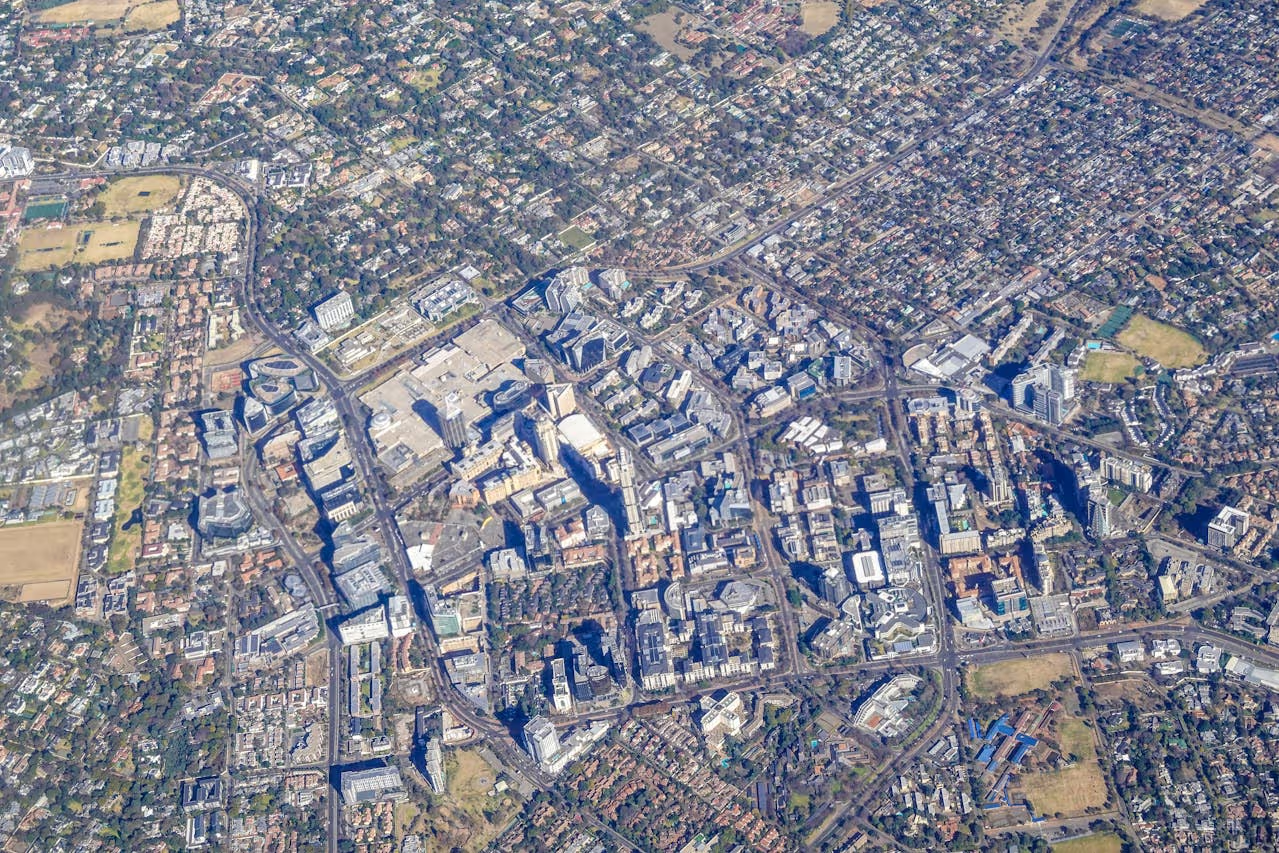Discover Nebraska’s Counties: A Guide to Population and Essential Facts
Exploring Nebraska's counties gives you a better understanding of the state's geography, demographics, and historical development. Whether you're considering moving to Nebraska, studying for a local exam, or researching economic trends, knowing about each county can provide valuable insight.
Nebraska has 93 counties, ranging from rural farming areas to growing metropolitan hubs. These counties play a key role in local governance, education systems, and community development.
List of Nebraska Counties with Population Data
Below is a general overview of Nebraska counties, categorized by population size and regional location. Population numbers are based on the most recent U.S. Census estimates.
Most Populous Counties in Nebraska
These counties are home to the largest cities and most economic activity in the state.
- Douglas County – Approx. 586,000 residents. Includes Omaha, the largest city in Nebraska.
- Lancaster County – Over 325,000 people. Home to Lincoln, the capital of Nebraska.
- Sarpy County – Around 193,000 people. Includes Bellevue, Papillion, and La Vista.
Mid-Sized Population Counties
These counties typically include smaller cities and serve as regional hubs for surrounding towns.
- Hall County – Approx. 62,000 residents. Grand Island is the county seat.
- Buffalo County – Around 50,000. Includes Kearney, a key city along I-80.
- Dodge County – More than 36,000 people. Features Fremont as a central location.
Sparsely Populated Rural Counties
Much of Nebraska's land area is in low-density rural counties. These areas are vital to agriculture and cattle production.
- Arthur County – Under 500 residents. One of the least populated in the U.S.
- Loup County – Fewer than 600 residents. Known for scenic Sandhills landscapes.
- Blaine County – Around 500 residents. Primarily ranch and farmland.
Key Facts About Nebraska Counties
Nebraska’s counties vary in size, population, and economy. However, they share some core characteristics that reflect the state’s values and history.
- There are 93 counties in Nebraska, each with its own local government and county seat.
- The largest county by area is Cherry County, spanning over 6,000 square miles.
- Douglas County has the highest population and economic activity due to Omaha.
- Many counties were named after historical figures, Native American tribes, or early settlers.
- Counties provide services like schools, roads, and public safety in all communities.
How Counties in Nebraska Are Organized
Each county in Nebraska is governed by a board of commissioners or supervisors. These officials oversee budgets, infrastructure, and law enforcement at the county level.
The counties are also crucial for delivering services such as:
- Property assessment and taxation
- Recording of deeds and legal documents
- Maintaining roads and public facilities
- Oversight of local elections
Common Questions About Nebraska Counties
What is the smallest county by population in Nebraska?
Arthur County is the smallest by population, with fewer than 500 residents.
Which county is the largest in Nebraska in terms of land area?
Cherry County is the largest. It covers over 6,000 square miles in north-central Nebraska.
What are the fastest-growing counties in Nebraska?
Sarpy and Lancaster counties have seen the most population growth due to suburban expansion and economic development.
How many counties does Nebraska have?
Nebraska has 93 counties, ranging from highly urban to sparsely populated rural areas.
Why County Data Matters in Nebraska
Understanding county-level data in Nebraska helps you see where people live, how communities grow, and where public resources are directed. Whether for real estate decisions, business planning, or educational research, this information offers a reliable foundation for analysis.
You also gain insight into rural versus urban trends, population shifts, and economic challenges unique to various parts of Nebraska.
Planning to Move or Invest? Know the County First
Every county in Nebraska offers something unique. From city jobs in Douglas County to quiet ranch life in Hooker County, your lifestyle choices should match local offerings.
We encourage you to:
- Check county population trends to understand long-term growth potential
- Compare property taxes and school ratings by county
- Look into local industries like farming, healthcare, or retail
Explore the Diversity of Nebraska’s Counties
Nebraska’s regional diversity shows across its 93 counties. The east has population centers and major business opportunities. The west offers scenic landscapes and wide-open spaces.
Whether you’re focused on agriculture, education, housing, or community development, county insights help guide smarter decisions.
Final Thoughts: Nebraska County Overview
From Douglas to Dawes, each Nebraska county adds to the state’s identity. Understanding where people live and how each area functions makes all the difference in research, planning, and connection.
Use this guide to engage more deeply with Nebraska’s counties and uncover the heart of the Cornhusker State—one county at a time.











.svg)



